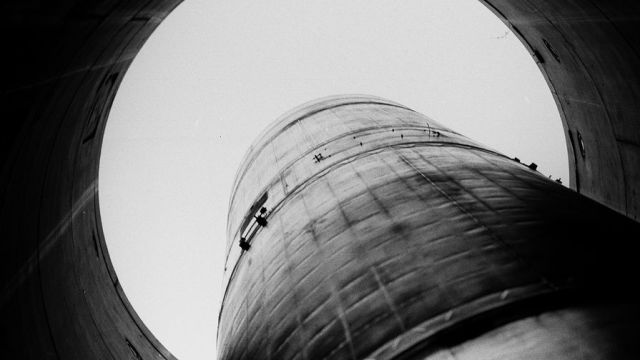Colonel Khodarenok: Russia does not need long preparations before nuclear tests
Vladimir Putin instructed the members of the Security Council to analyze and make proposals on the possible start of work on the preparation of nuclear weapons tests. The Russian president called Donald Trump's statements about the resumption of nuclear tests a serious issue. When Russia will be able to begin its tests and what will be required for this - in the material of the military observer "Gazeta.Ru" by retired Colonel Mikhail Khodarenka.
Vladimir Putin, during a meeting with members of the Security Council, instructed to study the feasibility of nuclear tests, rather than begin preparations for them. Dmitry Peskov, the press secretary of the President of Russia, drew special attention to this.
The heads of the military department had somewhat different opinions about the readiness for nuclear tests.
Russia is capable of conducting tests in the Novaya Zemlya archipelago in a short time, said Russian Defense Minister Andrei Belousov.
However, other deadlines were announced. At an operational meeting of the Security Council, Chief of the General Staff Valery Gerasimov said that Russia would be ready to conduct nuclear tests within a few months to several years.
How the tests were conducted before
Indeed, it used to take quite a lot of time to prepare for the YAO test. But the reasons for this are quite understandable. Special ammunition was a completely new class of weapon, its damaging factors had not yet been studied in detail, it was necessary to obtain the maximum amount of information about the operability of the nuclear charge and its damaging factors.
For example, in 1949, an experimental field with a radius of 10 km was prepared for testing the first RDS-1 atomic bomb at the Semipalatinsk test site, equipped with special facilities for testing, monitoring and recording physical measurements.
The experimental field was conditionally divided into 14 sectors, among them: two fortifications and physical ones; the sector of civil structures and structures; the sector of various types of Armed Forces and branches of the Armed Forces, in which samples of weapons and military equipment were placed at various distances from the center of the field in an open form, as well as in a shelter; the biological sector with experimental animals.
Many means of determining the effects of nuclear explosion parameters on machinery, structures, and biological objects were placed on the experimental field. There were also instruments designed to register shock waves, light radiation, neutron and gamma fluxes.
That is, before the test of the RDS-1 nuclear bomb, a huge amount of work was done. And approximately the same preparatory measures were carried out during subsequent nuclear weapons tests.
 |
| The nuclear mushroom of the RDS-1 ground explosion on August 29, 1949. |
| Source: From the RFNC - VNIIEF archive |
What about now?
However, there is currently no need for such careful preparations before testing. The damaging factors of nuclear weapons have been fully studied. Relevant manuals, reference books, graphs, and nomograms have been prepared.
So, no super-long deadlines are required for the preparation of such events. But so far, Moscow is only studying the feasibility of nuclear tests, and has not begun preparations for them.
The opinion of the author may not coincide with the position of the editorial board.
Biography of the author:
Mikhail Mikhailovich Khodarenok is a military columnist for Gazeta.Ru", retired colonel.
He graduated from the Minsk Higher Engineering Anti-Aircraft Missile School (1976), the Military Air Defense Command Academy (1986).
Commander of the S-75 anti-aircraft missile division (1980-1983).
Deputy commander of the anti-aircraft missile regiment (1986-1988).
Senior Officer of the General Staff of the Air Defense Forces (1988-1992).
Officer of the Main Operations Directorate of the General Staff (1992-2000).
Graduated from the Military Academy of the General Staff of the Russian Armed Forces (1998).
Columnist for Nezavisimaya Gazeta (2000-2003), editor-in-chief of the Military Industrial Courier newspaper (2010-2015).
Mikhail Khodarenok

